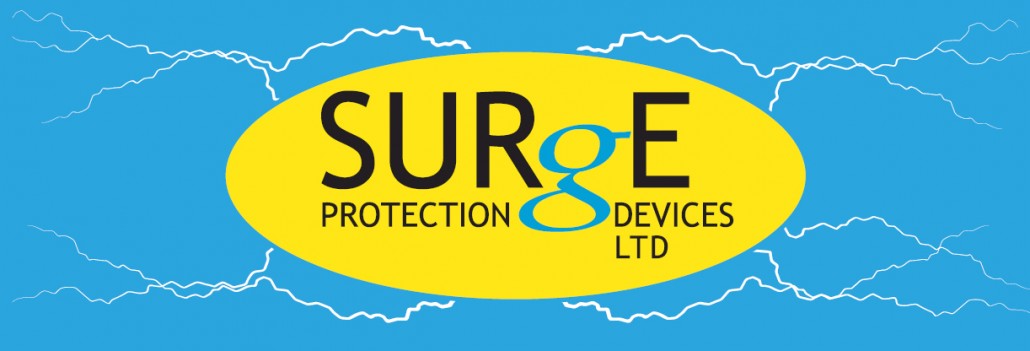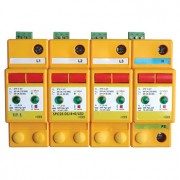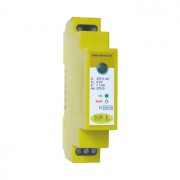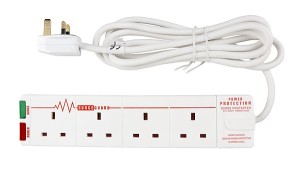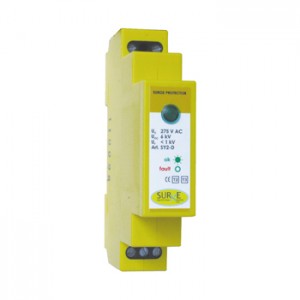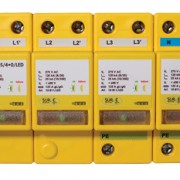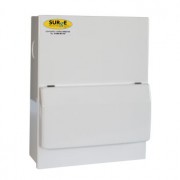Lightning Protection – Product Focus – 10651/LED
Last week we discussed lightning protection being mandatory if the building is fed by over-head lines or it has external lightning protection. To follow on from that, in this week’s blog we will be talking about a specific device, the 10651/LED.
Why It’s Installed:
For those that missed our last blog, here’s a quick re-cap on why Lightning protection is installed.
When lightning hits external lightning protection (or over-head power lines) the lighting travels down the cable to the main incomer of a building. Although external lightning protection is earthed, only 50% of the total voltage from a lightning strike will go to earth and the other 50% (possibly up to 100Ka) will travel across the cross-bond on to the incoming panel and out on to the electrical circuits in the installation. This creates a massive risk to the property and to any life inside.
What Is It:
The 10651/LED is a three-phase lightning and surge combined device. This means that it not only protects against lightning strikes, it will also take any surges out of the electrical system. The 10651/LED is a large device (about 8 module width), which contains all the necessary components to ensure that the electrical system is safe from over-voltages and lightning strikes.
How It Works:
As we discussed last week, the lightning will travel down the copper tape (or over-head cable) and on to your distribution board. With the 10651/LED being so big, it is usually mounted in to an enclosure next to the main panel. When the device detects the spike in the system (whether Lightning or a surge), it directs the spike down to earth and re-sets itself. This device works in about 25ms, which is much faster that the RCD will detect anything, meaning that the breakers wont trip and the electrical supply will continue un-interrupted.
How It’s Installed:
As I previously mentioned, the 10651/LED is very large and usually is mounted in an enclosure next to the board, this needs to fit as close to the main switch as possible. From an existing three-phase breaker in the board, take your live cables in to the top of the device. Take a neutral cable from your neutral bar to the neutral terminal on the top of the device. Finally take an earth connection from the earth bar to the bottom of the device, for this connection the cable needs to be less than 50cm in length.
If you need any advise about which device you need, please use the contact form or call us in the office on 01484 581747.
